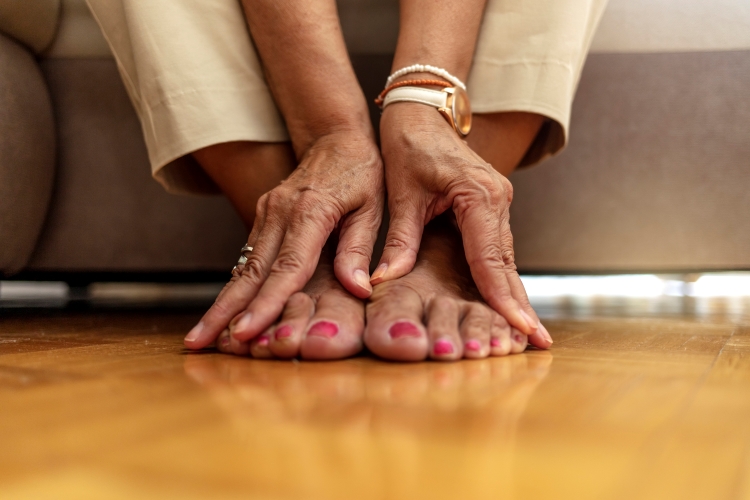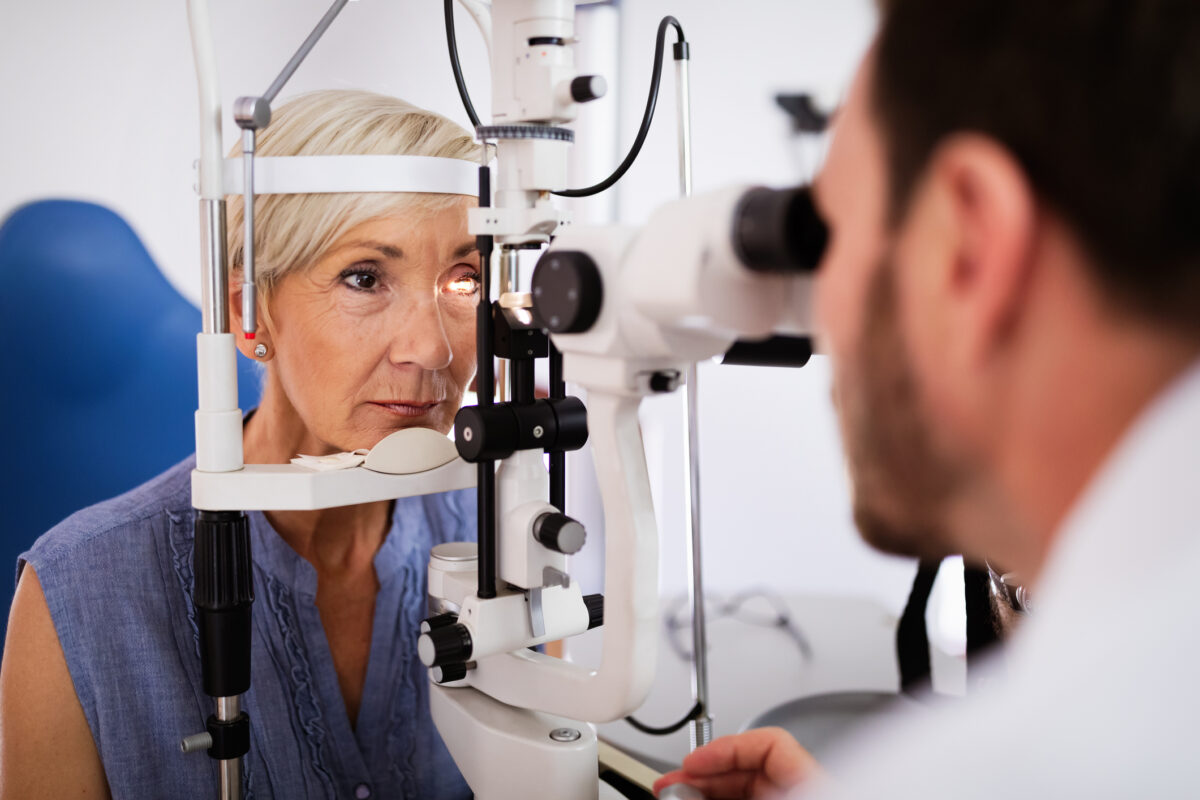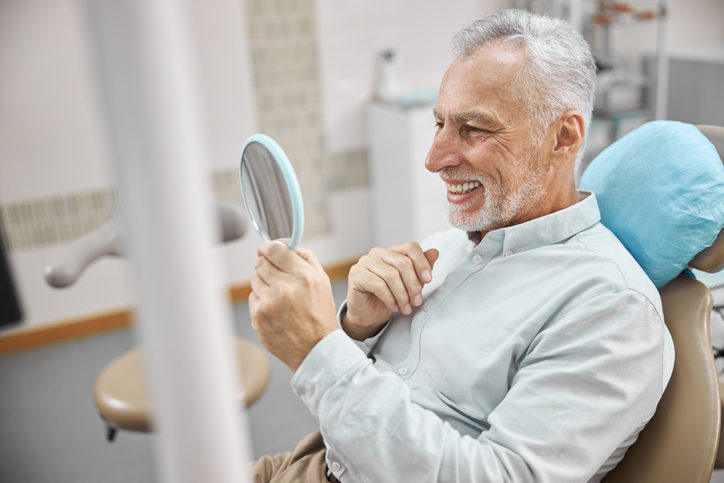Feet are a complex body part. They represent 25% of all the bones in our body, together with the joints, muscles, tendons, and ligaments that help them function ― and their role in our overall health and well-being can’t be underestimated. That’s why keeping our feet strong and mobile as we move through life and practicing good foot care can help ensure we aren’t sidelined by pain, injury, or disease.
Incredible Machines: Appreciating Your Feet
Just as in a machine, our feet use pulleys and levers (muscles and joints) to shift up and down, in and out, and side to side with each step — and, just like our hands, our feet have amazing abilities to move and adapt to the surfaces they encounter. In fact, Leonardo da Vinci famously said, “The human foot is a masterpiece of engineering and a work of art.”
Over time, however, the impacts of wear and tear can start to take a toll on our feet. Our extremities can also be vulnerable to other age-related ailments. For example, as the body parts furthest from the heart, foot health can be influenced by medical conditions that can become more common later in life, such as diabetes and peripheral artery disease, both of which can reduce blood flow to the feet. Reduction in blood flow, in turn, means that the body’s ability to heal and recover can be impaired.
Putting Your Best Foot Forward: Common Foot Ailments
Given their complexity and the wide range of tasks we count on our feet to carry out, it’s hardly surprising that there’s a range of problems our feet can encounter during our lifetime. These include problems with skin and nails; with the joints, muscles, and tendons that make up the toes and feet; with nerves in the toes and feet; and related to circulation.
The American Podiatric Medical Association has compiled a list of conditions that can affect our feet over time. This list also includes commonly recommended approaches to treatment.
Skin and nail problems
- Fungal infections, such as athlete’s foot, which can thrive in the warm, dark environment inside your shoes. Over-the-counter powders and creams can help, but medical attention should be sought if the condition doesn’t improve. A severe fungal infection can be difficult to treat.
- Dry skin, which can usually be addressed by using a moisturizing cream or lotion on your feet each day. Different types of moisturizing treatments work in different ways. For example, a “humectant” pulls moisture from the deeper layers of the skin to the surface, while an “occlusive” treatment forms a protective barrier over your skin to keep moisture in. You may want to try several types in order to find what works best for you. Apply your chosen moisturizer to damp, freshly washed feet to “lock in” the moisture and help prevent dry skin.
- Corns and calluses, which result from bony parts of your feet rubbing against your footwear. Corns usually occur on the toes, while calluses may form on the soles of the feet. Better-fitting shoes that reduce friction between shoe and skin can help reduce corns and calluses. Direct treatment includes medicated pads for corns, which can be bought over the counter at a drugstore; using a pumice stone on calluses can help reduce their size. To use a pumice stone, soak the affected area in warm, soapy water for five to 10 minutes to help soften the skin. Then gently rub the callused area with a wet pumice stone for two to three minutes. Use a circular motion and take care to stop if you experience any pain. (The stone should only be removing layers of dead skin, and thus the treatment should not be painful.) If home and over-the-counter remedies are not successful in removing a corn or callus that is causing pain or discomfort, further examination and treatment by a doctor may be required.
- Warts are a type of skin growth caused by a virus that typically enters the skin through small or even invisible cuts. Plantar warts that form on the soles of the feet can be contracted by walking barefoot in places where the virus is present. This can include the warm, moist environment of public changing rooms. In order to help avoid warts, avoid walking barefoot outdoors, particularly in communal bathing facilities such as at public pools or in gyms. You can use over-the-counter products to treat warts. However, you may also need to visit your doctor, as warts may spread or worsen if not dealt with effectively.
- Ingrown toenails are caused by a piece of growing toenail piercing the skin. Depending on the cause, this condition can be chronic and require constant attention and upkeep. (For example, ingrown toenails may have a hereditary cause.) Treatment for an ingrown toenail can include soaking the affected foot in warm, salty water. Then, if an infection is present, apply an antiseptic lotion and bandage. The part of the nail that is cutting into the skin can be removed by a doctor, if at-home treatments are not effective in addressing the issue.
Muscle and tendon problems
- Hammertoe happens when the tendons that control toe movements become shortened over time. This pulls the toe back toward the foot to form an upside-down V shape. Switching to shoes that provide more space for your toes can help. In the most serious cases, you may need surgery to correct the anatomy of the foot tendons.
- Spurs are like bony bumps that grow on the bones of your feet. Heel spurs can result from strain on the muscles and ligaments of the foot, caused in turn by exercise or improperly fitting shoes. Effective treatment for bone spurs will vary depending on the severity of the spur, and can range from foot supports and heel pads that address discomfort, to surgical intervention to reduce the bone malformation.
- Plantar Fasciitis is an inflammation of the band of connective tissue (or fascia) that runs along the bottom (or plantar) surface of the foot. When the plantar fascia is stretched over time, perhaps as a result of running or jumping, it can tear or weaken — leading to inflammation and pain. Sometimes, a bone spur may form where the affected tissue meets the heel bone. Treatments for this painful condition will depend on how serious the condition is, and can range from adjustments to footwear and the use of orthotic supports, to anti-inflammatory medication and physical therapy. Most cases of plantar fasciitis will resolve without requiring surgery.
- Tendinitis, including Achilles tendinitis, is an inflammation of the tendons in the feet, and is a common cause of foot and ankle pain. It is often caused by strain or injury and is treatable with recovery measures that may include physical therapy.
Joint and nerve disorders
- Bunions are swollen, tender joints at the base of your big toes. They typically develop over years as the result of the way we walk, our foot type, and our shoes. (For example, if you are predisposed to bunions as a result of your inherited foot type, wearing high heels can hasten the development of bunions.) Treatments can include wearing looser-fitting shoes or padding the bunion; in some cases, surgery to repair the inflamed joint is necessary.
- Neuromas are the buildup of tissue around an inflamed nerve (often called a “pinched nerve”). They can have many potential causes, including foot shape (such as a high arch or a flat foot), footwear choice, injury to the foot, or repeated stress, such as standing long hours in a job or occupation. Pain or gradual loss of sensation can make this an especially difficult condition. Simple solutions such as changing your shoe type (for example, switching to flats instead of high heels) or using inserts in your shoes can be helpful to relieve neuromas.
- Arthritis is an inflammation and swelling of the cartilage and lining of the joints, and may include an increase in the fluid in the joints. There are several types of arthritis, each with their own cause. These range from “wear and tear” arthritis (or osteoarthritis), to arthritis caused by injury, a virus or bacteria, or hereditary causes. While arthritis can be quite common as we age, there are ways to help reduce the risk, or at least delay its onset; for example, specific to osteoarthritis, maintaining a healthy weight is important. Because arthritis can restrict our mobility, consulting with a professional will likely provide better ways of coping with this painful condition. Each foot has 33 joints that may be affected by arthritis.
Circulation disorders
- Swollen feet, which can be the result of long periods of standing. They also can indicate more serious underlying problems, including diabetes and peripheral artery disease. Both conditions may result in decreased circulation to the feet and in potential chronic foot health problems that can worsen. If swollen feet are a concern, steps you can take include limiting salt intake, ensuring you move about throughout the day, elevating your feet and ankles at night, and the use of compression socks, available at a drugstore, to prevent the collection of fluid in your lower legs, ankles and feet. If swollen feet become a chronic condition or are accompanied by other health concerns, schedule a visit with your primary care physician or a podiatrist who can make a thorough assessment.
In addition to these conditions, our feet and ankles may be affected by injury. These include sprains, strains (which are soft-tissue injuries), and fractures (which are a break in the bone). Soft-tissue injuries in particular may benefit from treatment by a physiotherapist.
A Step in the Right Direction: Keeping Your Feet Healthy
Keeping your feet healthy can help you maintain an active lifestyle. The following everyday foot care practices to help ensure good health are quoted from the National Institute on Aging’s Foot Care guide:
- Wash your feet regularly, especially between your toes. A warm foot bath is also helpful.
- Wear clean socks.
- Make sure your feet are dry before you put on your shoes.
- Wear comfortable, well-fitting shoes.
- Wear shoes when you’re outside.
- To help the circulation in your feet, put them up when you’re sitting. Stretching, walking, or having a gentle foot massage also helps.
- If you are sitting for a long time, stand up and move around every now and then.
- If you cross your legs when sitting, reverse or uncross them often.
One Step Beyond: When to Seek Medical Attention
Even though foot problems may seem common, the well-being of your feet can affect your overall health. Our feet keep us mobile —and, if you’re unable to walk due to foot pain or other problems, your overall health could decline. If your feet are giving you problems, it may be time to talk with your family doctor or schedule a visit to a podiatrist, a doctor who treats feet. Stand up for your feet —and protect them —for a longer, more trouble-free and active life.
Are you having difficulty working out because of your feet? Check out these tips on various ways to stay fit.







Thanks for the reminder that nail problems can also be dealt with when planning to deal with a foot doctor. I’m interested in looking for a good foot doctor soon because I’m thinking about going on runs more often soon. Being able to ensure good foot health will be important for that.
I have disgusting toe nails
This blog post offers valuable insights into maintaining good foot health. It discusses common foot problems, prevention tips, and the importance of proper footwear. The content is informative and serves as a useful resource for readers interested in taking care of their feet.
Awesome! Thank you for this essential information.
Hi and thank you. I am interested in something for numbness…it is especially in my left outside of foot and last three toes…anything I can do. An acupuncturist works on me and I also wear flats, sneaker-type shoes with inserts and massage my feet once a day.
Help?
Mahalo.
Sandy
Very good informative information. Thank you
Thank you for these great tips!
Thank you
LOVE THIS ARTICLE ON YOUR FEET, SO HELPFUL
I heard of an AARP free service whereby a person will come to your home in order to cut your toenails. My wife and I are in our 80’s and find it almost impossible to cut our own toenails. Is this service part of AARP?
Hi Art – For your question, you’ll want to reach out to AARP directly by calling 888-687-2277.
Good stuff to know.
What ever you do make it interesting.
My take: Tennis & Golf @ age 85.
& Yoga for flexibility.
Reflexology is very helpful! I was a reflexologist for over 30 years. I always suggest trying reflexology BEFORE any surgeries. Treatment of plantar fasciitis was my specialty.
Thank you for your feedback, Kass!